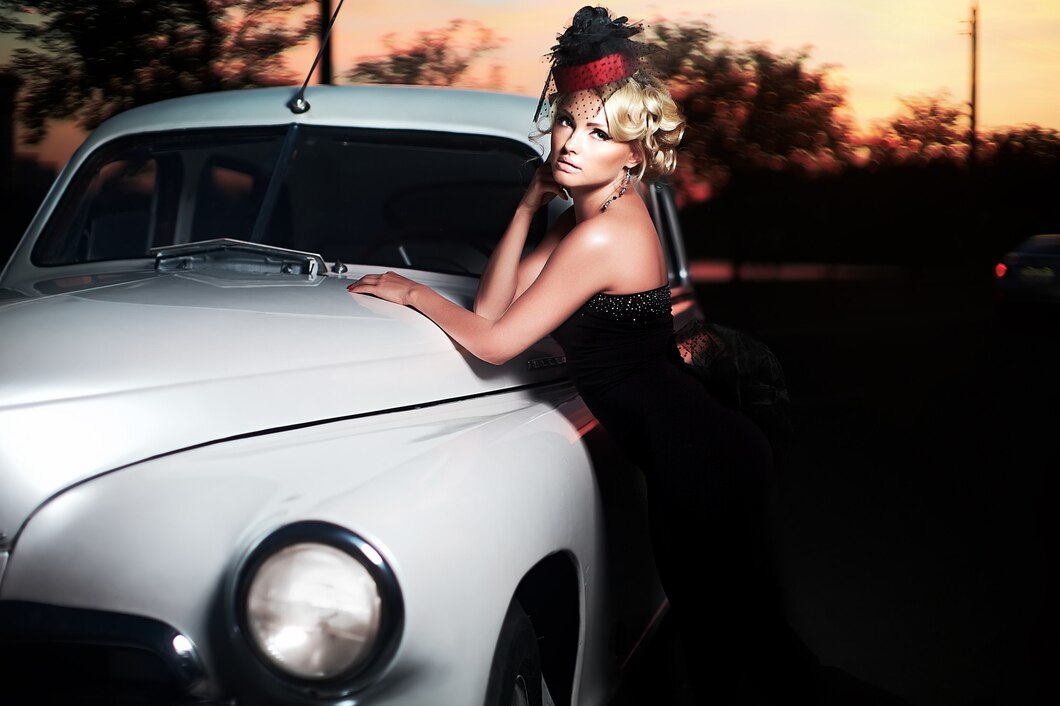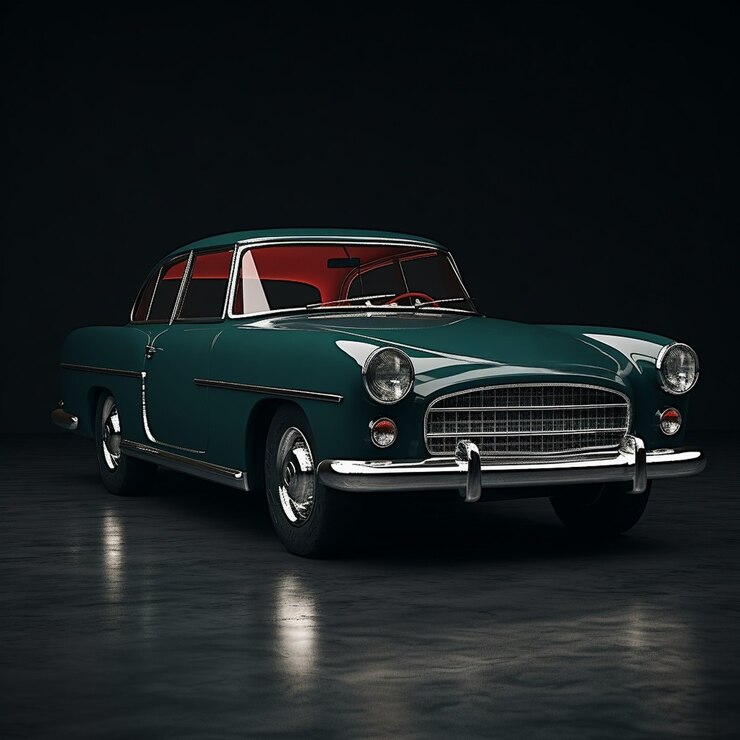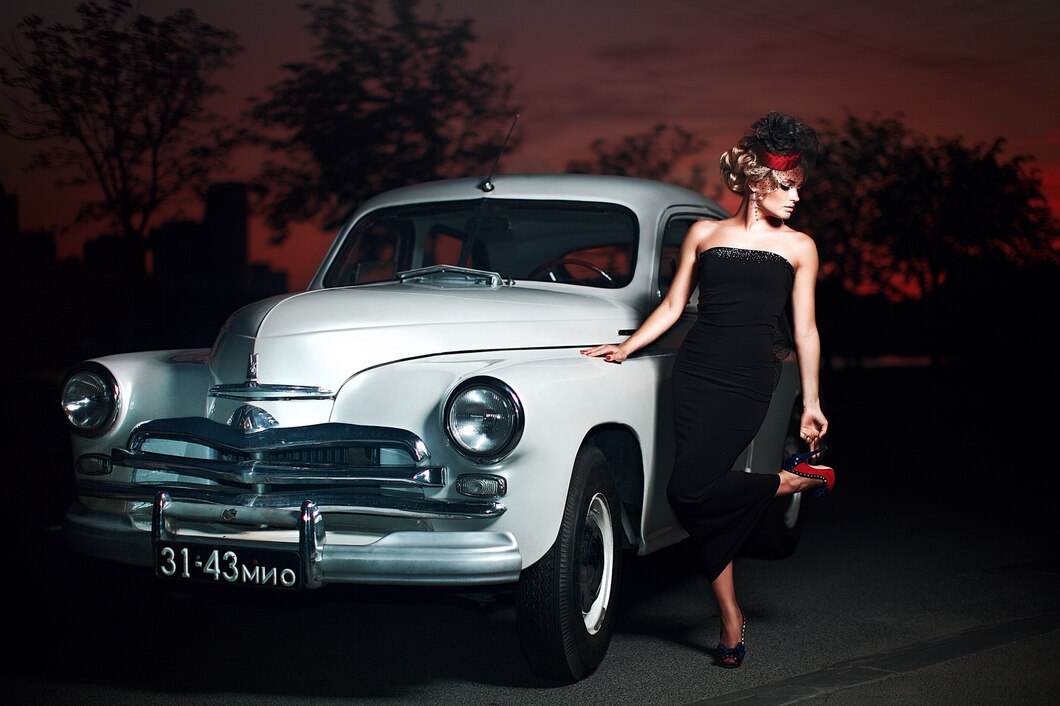Introduction
Luxury classic cars are more than just vehicles; they are rolling pieces of art that capture the spirit of an era long gone while maintaining their undeniable presence on modern roads. These automobiles, crafted with unparalleled attention to detail, represent a time when car manufacturing was an art form rather than an assembly line process. The allure of luxury classic cars is deeply rooted in their exquisite design, powerful elegance, and the nostalgia they evoke. Unlike modern vehicles that emphasize efficiency and technology, classic luxury cars symbolize a time when elegance and exclusivity were the driving factors behind automotive engineering. Whether it’s the gleaming chrome grilles, hand-stitched leather interiors, or the deep, rumbling sound of a vintage V8 engine, these cars continue to captivate enthusiasts and collectors worldwide. Owning a classic luxury car is not just about transportation; it is about embracing a piece of history, a tangible connection to a time when the automobile industry was at its most glamorous.

The Evolution of Luxury Classic Cars
Luxury classic cars have a rich and fascinating history that dates back to the early 20th century. Automobile manufacturers such as Rolls-Royce, Bentley, Duesenberg, and Bugatti established the standard for luxury and performance in the 1920s and 1930s. These brands made vehicles that were made specifically for the tastes of the world’s elite with a focus on hand-crafted precision. The pre-war era saw the rise of coachbuilding, where manufacturers would provide a rolling chassis while independent designers crafted bespoke bodies to reflect the owner’s personal style. The Rolls-Royce Phantom II and the Bugatti Type 57SC Atlantic are two examples of some of the most breathtaking automobiles ever produced. After World War II, the luxury automobile industry took a different approach, with Mercedes-Benz, Cadillac, and Jaguar leading the charge. The emergence of sleek, elongated designs with fins, extensive chrome detailing, and interiors fit for royalty occurred in the 1950s and 1960s. Cars like the Mercedes-Benz 300SL Gullwing and the Cadillac Eldorado became the epitome of luxury and sophistication. By the 1970s and 1980s, classic luxury cars evolved to incorporate more advanced technology while still retaining the craftsmanship that made them desirable. In addition to their aesthetic appeal, these vintage automobiles are still highly sought after due to their historical significance and investment potential.
The Unique Craftsmanship of Classic Luxury Cars
One of the defining aspects of classic luxury cars is their unmatched craftsmanship. Unlike mass-produced modern vehicles, these cars were often assembled by hand, with each component meticulously designed and built to the highest standards. The attention to detail in classic luxury cars is evident in every aspect, from the fine wood paneling and hand-stitched leather seats to the precision-engineered engines that continue to perform decades after their creation.
For instance, Rolls-Royce, one of the most adored manufacturers of luxury automobiles, came to be associated with unmatched quality. Each Rolls-Royce vehicle was carefully crafted, with the famous saying that “the loudest sound inside the cabin is the ticking of the clock” demonstrating the level of refinement put into these vehicles. In a similar vein, Bentley and Aston Martin put a strong emphasis on performance-driven luxury, combining speed with sophistication in ways that modern automobiles are unable to match.
The paintwork on classic luxury cars was another area where artisanship played a crucial role. Unlike today’s automated spray-painting techniques, classic cars were painted by hand, often with multiple layers to achieve a deep, glossy finish that aged gracefully over time. The combination of wood, metal, and leather in the interior was designed to create an ambiance of opulence, ensuring that every ride felt like a first-class experience. It is this commitment to craftsmanship that makes classic luxury cars timeless, as they continue to exude elegance long after their production lines have shut down.
The Driving Experience Power and Prestige
Driving a classic luxury car is an entirely different experience compared to modern vehicles. These cars were built to be driven with a sense of occasion, offering a raw and mechanical feel that is absent in today’s computer-assisted automobiles. The weight of the steering wheel, the mechanical click of the gear shift, and the deep growl of a naturally aspirated engine create a driving experience that is visceral and engaging. Unlike modern luxury cars that rely heavily on electronic aids, classic luxury cars demand skill and attention from the driver, making each journey a rewarding experience.
Beyond the physical act of driving, classic luxury cars carry an aura of prestige. Owning and operating one of these masterpieces commands attention and respect. Whether it’s a stately Rolls-Royce gliding effortlessly down the street or a sleek Jaguar E -Type turning heads at a car show, these vehicles are a testament to their owners’ appreciation for automotive excellence. Many classic luxury cars were owned by celebrities, royals, and influential figures, further adding to their mystique. The exclusivity and history behind these vehicles make them more than just modes of transport; they are symbols of status and refinement.
Investment Potential A Classic That Appreciates
Classic luxury cars frequently appreciate in value over time, in contrast to the majority of modern automobiles, which lose value as soon as they leave the showroom. This makes them not only a passion-driven purchase but also a sound investment. Collectors and investors alike recognize the financial potential of owning well-maintained classic luxury vehicles, as rare models continue to command high prices at auctions.
For instance, a 1955 Mercedes Benz 300SL Gullwing, originally sold for around $7,000, can now fetch millions at high-end auctions. Similarly, the Aston Martin DB5, made famous by the James Bond franchise, has seen a significant increase in value due to its cultural significance and limited production. The rarity and exclusivity of these vehicles contribute to their desirability, ensuring that demand remains high among collectors. Additionally, with the shift toward electric vehicles, classic luxury cars with powerful V8 and V12 engines are becoming even more sought after as symbols of a bygone era of automotive engineering.
The Role of Classic Luxury Cars in Modern Culture
Classic luxury cars continue to hold a special place in modern culture, often appearing in films, music videos, and high-profile events. Hollywood has immortalized many classic luxury cars, from the Rolls-Royce Silver Cloud in classic noir films to the Lincoln Continental featured in presidential motorcades. These vehicles symbolize class, power, and timeless beauty, making them the perfect choice for filmmakers and designers looking to evoke nostalgia and sophistication.
Additionally, classic luxury car clubs and concours events attract enthusiasts from around the world. Events such as the Pebble Beach Concours d’Elegance and the Goodwood Revival celebrate the history and artistry of these vehicles, bringing together collectors, restorers, and admirers to share their passion. Owning a classic luxury car is often about more than just driving; it is about being part of a community that appreciates the finer details of automotive history.

Conclusion
luxury classic cars represent a golden era of automotive design, craftsmanship, and prestige. They are works of art that tell stories of innovation, opulence, and timeless beauty. They are more than just vehicles. From their hand-built interiors and powerful engines to their cultural significance and investment potential, these cars continue to capture the imagination of collectors and enthusiasts alike. Modern luxury cars often lack the soul and character that make classic luxury cars truly special, despite their convenience and advanced technology. Whether admired from a distance, displayed at prestigious events, or driven on open roads, these timeless machines will forever remain symbols of elegance and excellence in the automotive world.

